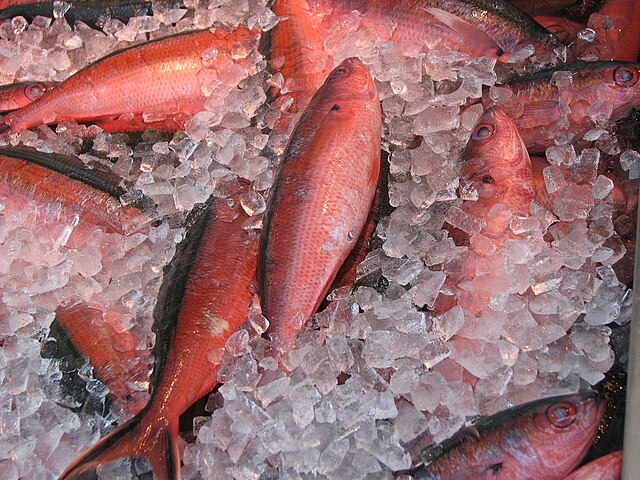Unruly food prices in Japan have prompted the government to deliberate on how to seamlessly pass agricultural costs onto consumer prices.
Accordingly, the Agriculture Ministry is setting up a committee to recommend ways to feature costs into especially rice and vegetable prices.
The recommendations however will only come after the panel has looked into the country’s trading set up.
The aim is standardize the pricing of basics after farmers started including burgeoning production costs in wholesale rates in October 2024.
Weak Yen Affects Food Prices
Besides, a weak yen has exacerbated the production expenditure, particularly of imported raw materials for processing food.
For this reason, prices of over 2,911 food items by leading processors were set to increase to a 2024 high through October.
Beginning 2022, Japan deliberately weakened its currency after 30 years of deflation, prompting the prices of basics like milk to rise by over 2%.
Rice at a 50-Year High
One such basic is rice, whose prices are at their highest since 1971 after farmers started passing rising fertilizer and labor expenditure onto consumers.
The staple grain has witnessed a 62.3% increase in its retail rates between October 2023 and October 2024.
Other than inflation, the main cause for the expensiveness is tight supply in urban centers after the 2023 drought.
Milk and Tofu Costs
Rice is not the only staple requiring price standardization, for tofu and milk also need a cost-price analysis.
A panel has already investigated these two items with a view to streamline prices vis-á-vis costs while considering demand.
Supermarkets usually sell the two items under bargain terms as a reflection of supply, import costs and demand.
The price of tofu, a cheesy soya mash popular for cooking vegetables, is dependant on the import cost of soybeans. Due to war in source countries like Russia, Japan has since 2022 reached out to China for soybeans. Here, costs have been 30% more due to the weak exchange rate of the Yen.
So, with a weak yen, rising import costs and uptick labor expenditure, Japan is reevaluating its food pricing standards. To learn more, read on to see how food prices in Japan compare globally.
Food Prices in Japan Statistics
Japan is one of the few countries whose citizens can afford an exclusively healthy diet because salaries match utilities. According to FAOSTAT, people in Japan could afford to spend $6.54 per person per day (ppp) on a healthy diet in 2022. Comparably, Lebanon at $6.76 ppp and Jamaica at $6.42 ppp also enjoyed similar exclusive margins in 2022.
Are producer prices of rice high in Japan?
The price of rice produced within Japan features production costs and therefore it changes according to the rising or falling costs. For instance in 2021, Japan’s farmers earned $1,413.2 per tonne, which increased in 2022 to 1,849.6 per tonne after inflation. Thus, between 2021 and 2022, producer prices of rice in Japan were handsome at between $1.41 and $1.85 per kg.
How high is the retail price of white rice in Japan by global comparisons?
A kilogram of white rice cost $3.66 in 2024, according to Numbeo. This was the third highest rate worldwide after that of the United States and Switzerland at $4.58 and $4.13 per kg, respectively.
How does a liter of milk sale compare between Japan and China?
Milk in Japan sells at a considerably higher price than in China. For instance, dairy farmers in Japan sold milk for as high as $792.4 per kiloliter or $0.79 per liter in 2022. Comparably, China’s farmers sold theirs at an annual average of 384 yuan per 100 liters in 2022. This is equal to 3840 yuan ($539.14) per kiloliter or $0.54 per liter.
